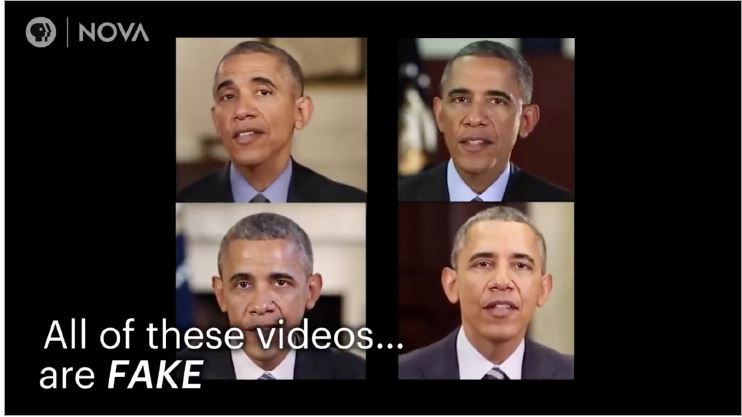One of the things I have come to understand from reading research reports from GeminiAdvisory.io is that criminals are quite nimble and creative as conditions change, the market changes, or new security protocols are adopted. So now that financial institutions, cryptocurrency exchanges, and businesses deploy more sophisticated techniques to verify identity virtually, how are criminals responding? When it comes to facial identification, Gemini analysts have noted an increasing number of posts on dark web forums about using face-change technology that uses selfies or videos. The resulting images are known as “deepfakes.”
The technology they are trying to defeat is still being developed and refined, but is reportedly considered fairly convenient and secure. Gemini reports that many companies now
require users to upload an official ID, a selfie, or a specifically constructed selfie based on instructions such as holding up fingers or holding a note. Some companies have gone as far as requiring a live video feed in which the user must perform specific gestures and movements.
With the increasing use of video and selfie images, there has been a corresponding increase in the number of firms offering technology that claims to accurately match or verify identities. And some firms or cryptocurrency exchanges have their own verification systems in place. But while they work in one direction, criminals are working to defeat their efforts. Gemini reports that threat actors have shifted to using software such as DeepFaceLab and Avatarify.
These tools leverage advancements in machine learning, neural networks, and artificial intelligence (AI) to create “deepfake” counterfeits. Deepfakes are images or videos in which the content has been manipulated so that an individual’s appearance or voice looks or sounds like that of someone else. At the current moment, widely available deepfake detection technology lags behind deepfake creation technology; counterfeits can only be detected after careful analysis using specialized AI, which has a 65% detection rate.

Read more on Gemini Advisory for details on some of the verification services and software that is currently available.